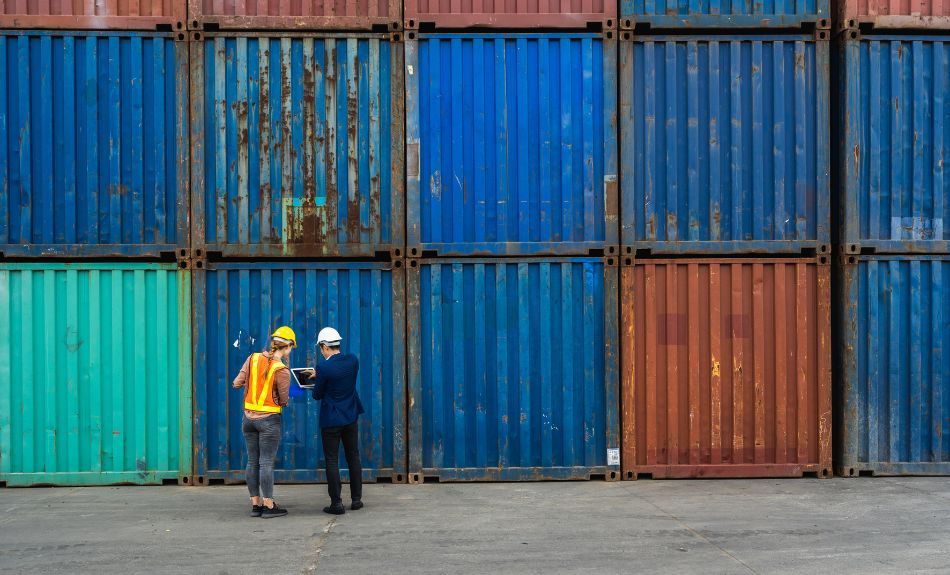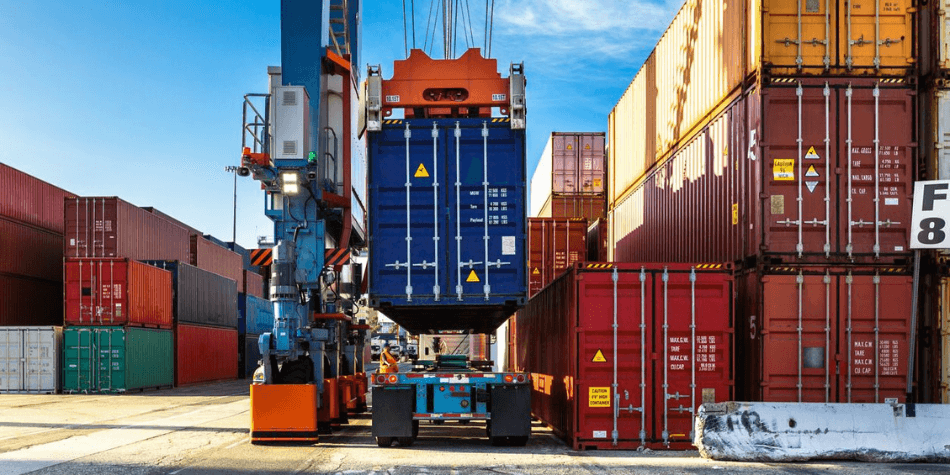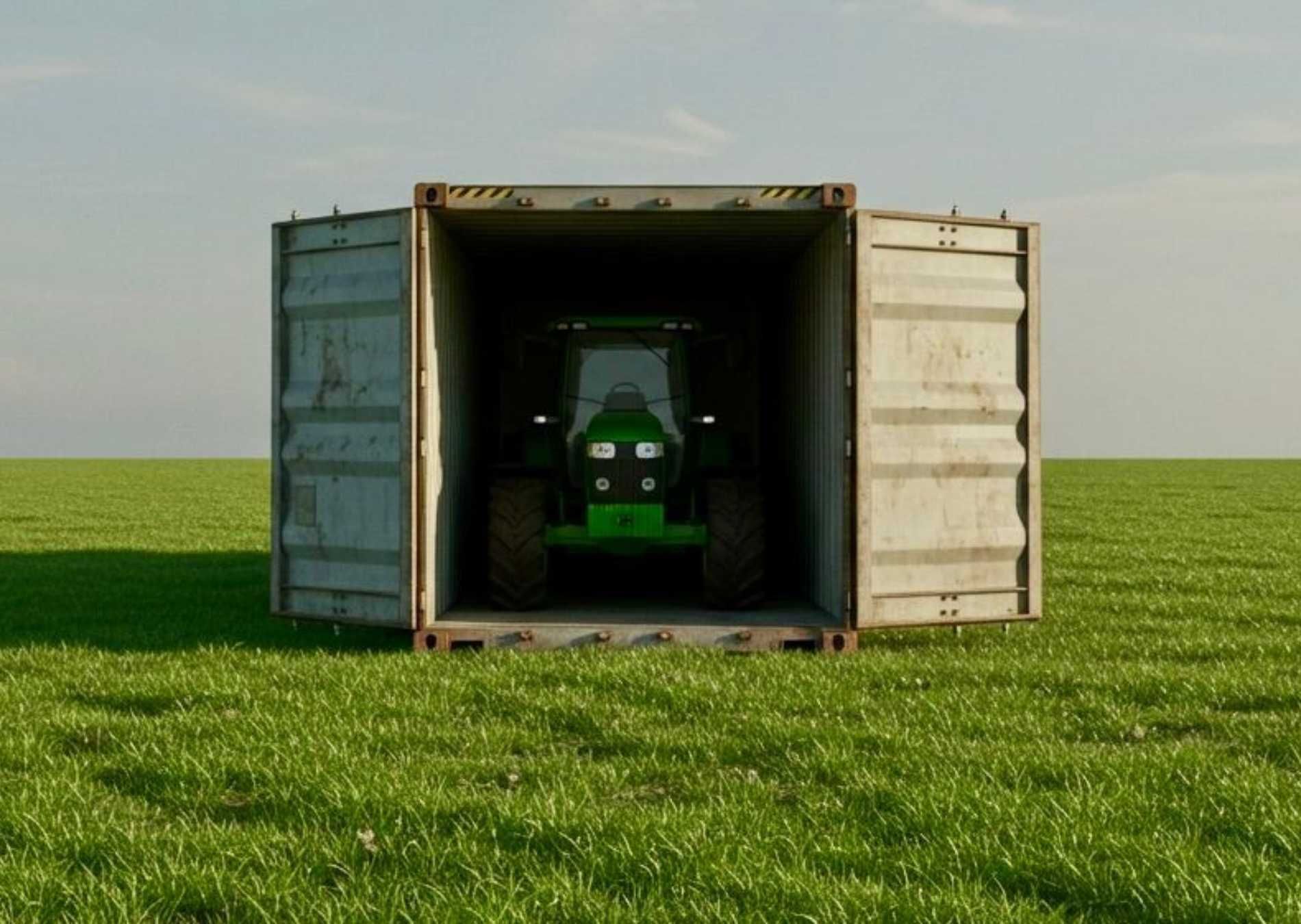SPRING SALE: Receive $100 Off Per Container
How Much Does a Shipping Container Cost?
We are breaking down used shipping container costs and the key factors that influence pricing.


If you’re in the market for portable, modular storage and interested in purchasing a shipping container you have probably discovered the prices can be all over the place. Don’t be too alarmed. The cost of a shipping container can vary greatly depending on several factors, including its size, condition, location, and the market dynamics at play. Much like the stock market, the price of a shipping container is influenced by supply and demand, weather conditions, global events, and geopolitical factors. Whether you're looking to buy or rent a shipping container, understanding the factors that affect the cost can help you make an informed decision.
Founded by Malcom McLean in 1958, the container was invented for efficiency and standardization in the shipping industry. The Corten Steel box comes in universal sizes 20ft and 40ft so it can be easily fit into the Global Supply trade processes of loading, unloading, pricing, and movement across global highways and backroads. Can you imagine the chaos if each box was its own unique size and shape?
The steel box at the center of global trade for oceanic transport has gained popularity as a sustainable storage solution on land as well. As you navigate the process of buying a container you may discover the prices are not fixed but instead changes often and can vary from city to city. Let’s explore some important facts that contribute to the dynamic pricing of containers in North America.

Typical Shipping Container Costs
On average, the cost of purchasing a new 20-foot shipping container can range from $3,000 to $6,000, while a 40-foot container can cost between $4,500 and $8,000. For used containers, the price can be significantly lower, with 20ft used containers typically costing around $1,300 to $3,000, and 40ft used containers falling within the $1,500 to $4,500 range. Keep in mind that these prices vary based on location, market conditions, time of year and certifications.
Factors Affecting the Price of a Shipping Container
1. Size and Type
Shipping containers come in different sizes, with the most common being the 20-foot and 40-foot containers. Additionally, the type of container (standard, refrigerated, or open-top) will also influence the price. For example, a refrigerated container (also known as a "reefer") is often priced significantly higher than a standard container due to its cooling technology.
2. Condition of the Container
New or “one-trip” containers, which have only been used once, typically cost more than used containers. While used containers (also called “cargo-worthy” or “wind and water-tight”) are still in good condition and suitable for most purposes, they may show signs of wear and tear. However, used containers are generally more affordable than new ones, making them a popular choice for shipping, storage, or conversion projects.
3. Location and Delivery Costs
The location of the shipping container also plays a significant role in its price. Delivery charges to your location, especially if it's remote or requires special handling, can substantially increase the overall price of the container. Additionally, container prices can fluctuate based on regional demand, with prices being higher in areas with strong import/export industries. For example, cities closer to a large depot will have more supply than internal cities where the nearest depot is 400 miles away.
4. Supply and Demand
The supply and demand dynamics in the shipping container market are highly volatile and can be influenced by a range of factors. Global shipping trends, such as changes in trade routes, surges in imports or exports, or natural disasters, can impact the availability of containers, causing price fluctuations. For example, during periods of high demand for shipping containers—such as the post-pandemic supply chain crisis—prices can skyrocket, making it more expensive to acquire a container.
5. World Events and Geopolitical News
Just like the financial markets, world events and geopolitical developments can affect used shipping container prices. Political instability, labor strikes at key ports, or major shipping disruptions (such as the Suez Canal blockage) can cause delays in the shipping container supply chain, leading to price hikes. Additionally, fuel prices, which impact shipping and transportation, can also influence the cost of shipping containers.

How to Save Money on Shipping Containers
Consider Buying Used Containers
Purchasing a used container can save you money without sacrificing functionality and it can still last decades.
Stay Abreast of World News
Understanding supply and demand in your area can help you know when costs are lower.
Select Wind & Watertight
These containers are a more affordable option compared to one-trip or cargo-worthy, while still offering solid protection and durability.
Smart Shopping for Used Shipping Containers
The cost of a shipping container can vary greatly based on several factors, including size, condition, location, and the forces of supply and demand. By understanding these variables, you can make an informed decision when purchasing a used shipping container for your needs. Whether you’re looking to transport goods, store equipment, or repurpose a container for personal use, knowing the factors that influence the price will help you find the best deal and understand the dynamic pricing model as you shop around. Explore the differences in pricing between used containers from Eveon.

